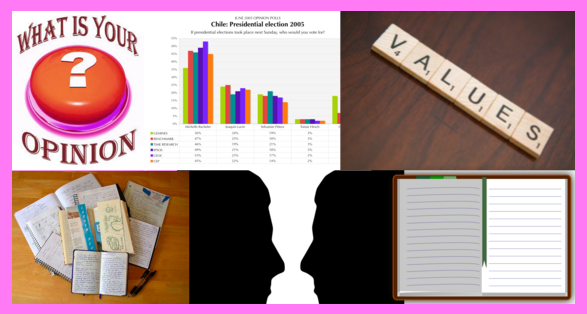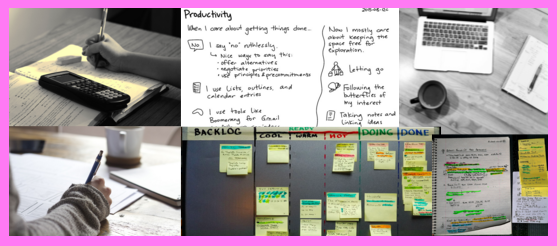


Presentations
- Assess content knowledge and skills
- Pros
- Authentic audiences can create authentic contexts for assessments
- Allows for integration of complex skills
- Cons
- Difficult to setup, especially with large classes
Written Products
- Assess content knowledge and skills
- Pros
- Students work over extended periods of time on revisions
- Allows for personal craftsmanship, expression, and pride
- Cons
- Difficult to assess individual contributions in a group project
- Not all learning outcomes are readily assessed by this product
Tests
- Assess content knowledge
- Pros
- Allows for standardized administration to all students
- Good individual assessments
- Cons
- Difficult to assess skills
Self Reports
- Assess habits of mind
- Pros
- Assess student attitudes, reflections and thinking processes
- Students can realize impacts of project work
- Cons
- Hard to develop reliable assessment criteria

Knowing the purposes, advantages and disadvantages of various assessments can help teachers select the right assessment to assess the right concept, habit, or skill. Applying this type of analysis to a wider collection of assessments can make teachers more effective and efficient at selecting the right assessments for projects.

Preparation Steps
- Evaluate bundle of upcoming standards. Unpack standards and write set of academic long term and supporting learning targets.
- Determine which habits of mind and workplace competencies students need to successfully learn content and develop products and uses these selected skills to write character learning targets.
- Use purposes, pros and cons of learning assessments to select the right type of assessment for each academic and character learning target.
- Create rubric that assesses key academic and character learning targets.
- Gather exemplars that go with rubric criteria
Early Implementation Steps
- Implement assessments throughout the product to assess and guide student understanding and skills as they develop throughout the project
- Set aside project checkpoints to meet with students in formal conferences to generate timely reflection and feedback on major works in progress. Set aside time for students to use feedback to improve products. For more details on what this could look like, see this article: Writing workshop
Advanced Implementation Steps
- Use analysis of student work to improve assessments (especially rubrics).
- Use Assessments Data base to discover and implement new assessment strategies other than traditional quizzes and tests
- Analyze purposes, pros and cons of favorite assessments other than the ones listed in this article.

- PBL articles
- Assessments articles
- Writing workshop
- Learning targets
- Assessments data base












